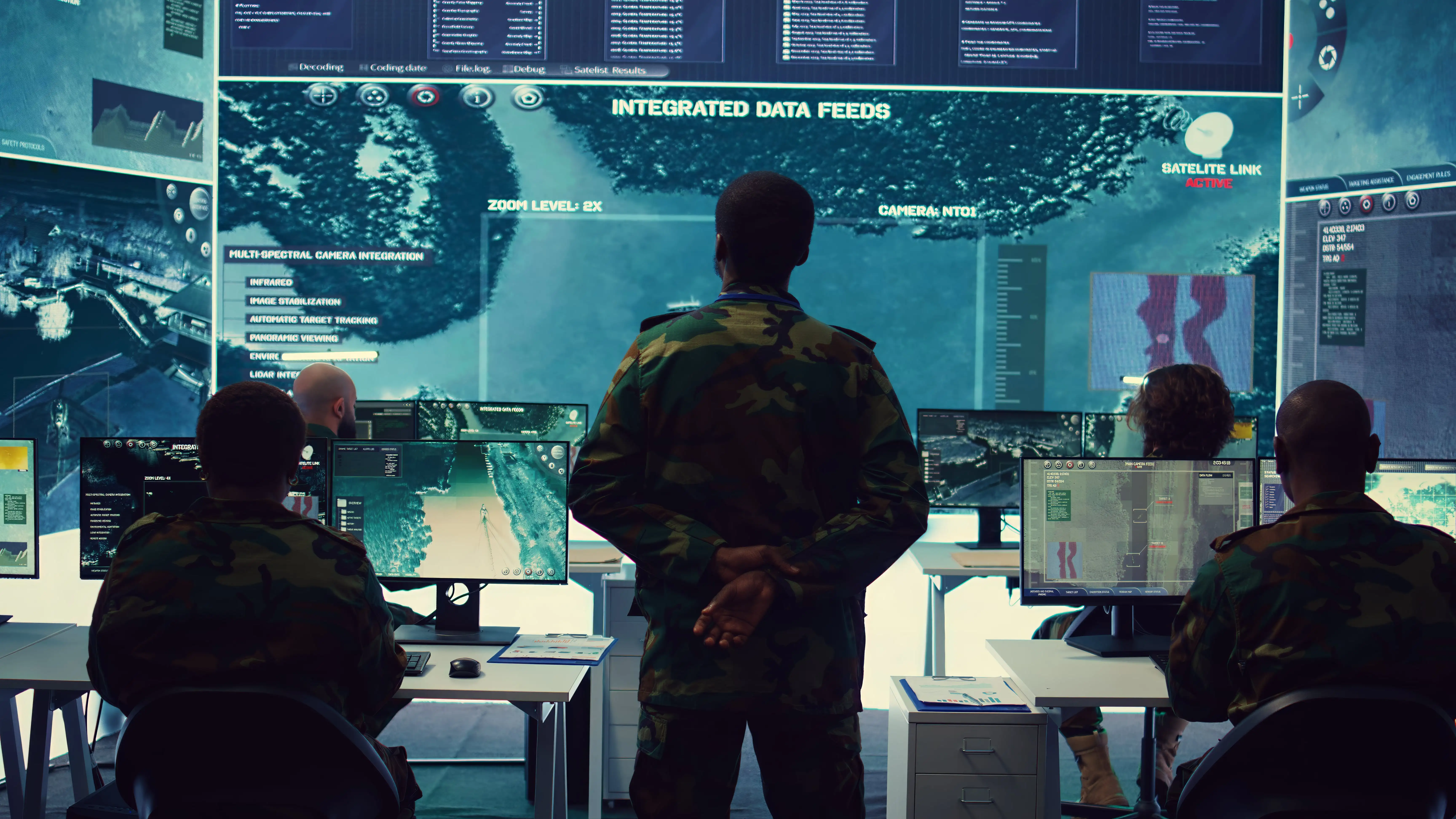The new hue of learning
After the pandemic, online education became increasingly popular. Since then, the education industry has mostly shifted its attention to incorporating immersive technologies into classroom instruction to make learning more interesting, enjoyable, and accessible. One area that educators all across the world are focusing on now is the metaverse. The goal is to make learning more interesting and simpler by involving students in an interactive environment. The days of pupils imagining classroom scenarios based on professors' explanations are long gone. Today, we live in a technologically interconnected society where ideas like the "metaverse" are being put to practical use.
Do you know
The global metaverse in the education market was worth $4.39 billion in 2021 and is expected to be worth $32.39 billion by 2028.
You can see that there is a large market demand for metaverse, particularly in education; therefore, if you want to remodel and enter your metaverse journey for your e-learning firm, it is high time to start planning for it.
This comprehension will help you decide on that.
Here begins the blog journey by investigating how the learning process is evolving with the metaverse.
Impact of Metaverse in the education sector
Through the metaverse, students can participate in online lectures from afar while simulating some of the in-person classroom experience. Many academic institutions and IT firms are making strides to make virtual learning environments more interactive, immersive, and conversational to decrease reliance on physical proximity.
1. Immersive learning environment
The metaverse enables an immersive college life in which students wearing VR headsets attend a virtual campus or institution to study, explore, and interact with one another. Students have access to various resources, including specialized "learning pods," a virtual library, a "breakout room," virtual office hours with teachers, and virtual lounges where they socialize with classmates.
With their low production costs, adaptability, and speed, digital experiences have the potential to radically expand access to quality education for people of all socioeconomic backgrounds and locations.
2. Hands-on learning
The metaverse allows hands-on, physical learning through simulations of real-world settings and high-pressure conditions where learners can experiment with different approaches without worrying about the consequences of their actions. It blends virtual reality (VR) with data science and spatial design to boost students' interest, competence, and motivation. Here are some use cases of metaverse training:
- Experiential Education
Novartis, a global leader in the pharmaceutical industry, utilizes a high-fidelity, multiplayer VR simulation to educate its employees on laboratory procedures that save lives. Students can practice welding tubes, removing bag tops, and labeling bags in an interactive, unlimited-retry virtual lab environment with real-time instructor feedback.
- Intentional practice
Learners can practice numerous permutations of an idea in the metaverse and receive immediate feedback on their progress. Spark City, a game sold at Walmart, features random events that make each game unique. When customers are within ten feet, players must ask if they can help, but only after they have cleaned up any spills or other potential dangers.
- Conditional learning
Providence Health exacerbates the psychological strain of dealing with microaggressions on the job. The camera on your phone or tablet makes a 3D volumetric video of a real person appear as if the person were standing in front of you, creating a realistic environment for studying and reviewing.
3. Gamifying learning
An appetite for competition keeps people alert and engaged. When employed in the classroom, the metaverse can help students concentrate more. Badges and other types of recognition are given to students to keep them motivated and working hard to accomplish their assignments.
In the metaverse, students can travel to new places and learn about their culture and environment without leaving the classroom. The students can then design their avatars in the style of the desired culture before building out the background to their specifications and be rewarded with virtual badges or certificates.
4. Facilitate disabled people's access
The metaverse has the potential to level the playing field in terms of social and educational opportunities for those with impairments. People with special needs, autism, or social problems may benefit from practicing social and work tasks in an immersion setting, like going to the grocery store, stocking shelves, or driving a delivery truck. Virtual reality (VR) apps give them a low-risk way to practice their skills and talk to others without taking the usual risks.
Those who have trouble moving around or suffer from anxiety can also benefit from virtual reality. For example, the Starlight Foundation uses virtual reality (VR) technology to allow kids at children's hospitals to "leave" the confines of their hospital rooms and be transferred to a new, exciting, fun environment. They put on virtual reality goggles and "travel" to exotic locations, play soccer with buddies, and more.
That's adorable. Seeing the joy on a child's face can't be topped by anything else.
5. Improve learning data collection
Organizations can collect previously unattainable data to obtain insights into student behavior to measure progress, discover gaps, and continuously enhance the learning experience with the help of the metaverse. Learners' utilization, performance, attention and engagement, sentiment, and predictive analysis are all examples of useful data. As a result, educators have a better opportunity to participate in research on the efficacy of these educational settings. For instance, in the pharma simulations developed by Pfizer, Novartis, and Bristol-Myers Squibb, users' hand movements are recorded. They are using the biosafety cabinet in the simulator results in rapid feedback and a restart if the user crosses their hands or angles them the wrong way. All digital traces can be followed, and a centralized dashboard of telemetry data can give useful ideas for improving the simulation.
6. Accelerated learning
PwC found that workers who participated in virtual reality (VR)-enabled courses learned content four times faster than those who attended traditional lectures. With gamification, engaging hands-on practices, 3D features, and exciting activities, the metaverse can help students stay one step ahead of the game. Because 3D simulations fully occupy a person's visual and cognitive resources, metaverse students report feeling less distracted while gaining a deeper understanding of course material.

Now that we have grasped the remarkable ways the metaverse boosts the education industry let's explore its applications.
Applications of Metaverse in Education
Digital Education
Smart classrooms, which use video projection to help pupils learn about various subjects, were recently implemented into school curricula. The metaverse hopes to make these classes smarter by letting students immerse themselves in such movies, enhancing their understanding of the material. More than that, it gives students a secure place to attempt new things, make mistakes, and eventually succeed in subjects that demand it. Even in-person classes can benefit from this kind of 3D virtual learning.
Virtual campus programs
Activities outside the classroom, such as sports and the arts, can be replicated in a virtual environment using the metaverse. Students can join extracurricular clubs like music or math clubs, similar to traditional campus activities. They can explore their virtual campus whenever they like, no matter where they happen to be physically located.
3-D virtual classrooms
Since the proliferation of distance education options, students have noticed a difference between what they learn in traditional classrooms and what they learn in virtual ones. By allowing students to meet and interact with their classmates and mentors electronically, the metaverse can help close this education gap. Students worldwide can participate in this metaverse-driven learning environment and accomplish far more than they might in a conventional classroom.
Tours that you can take virtually
Imagine being able to visit a country or other location you've learned about in class right now. Isn't it something you've always wanted to do? Virtual worlds like the metaverse make this possible, whereas it would be impossible in the actual world. The metaverse broadens the horizons and perspectives of its users by facilitating rapid, virtual travel to any location of their choosing.

Interdisciplinary education
The metaverse could facilitate interdisciplinary study by lowering academic obstacles. It allows educators to combine seemingly unrelated disciplines like math and science, creating a more engaging and comprehensive learning environment and illuminating the practical implications of diverse theoretical concepts.
Real-life simulations
In the future, there may be subject-specific 3D spaces built to help students understand better and teachers explain things better. The metaverse is a good place to learn because it can interest students by recreating real-world settings where they can do science experiments, show off prototypes, and watch a documentary.
Virtual Events
Metaverse technology lets teachers invite famous people from history, philosophers, scientists, and other experts to talk to their students about their ideas and experiences. They can go to exciting conventions and hear interesting speakers. Several activities can be organized to assist them in refocusing, including symposiums and exhibitions.
Fostering Conscience
Metaverse-based education can stimulate students' attention to global issues like hunger, pollution, and climate change. Showing a documentary about the famine in Somalia or the poverty in Burundi can help students think critically about these issues and their impact on those people. This way of teaching will help students understand the world intellectually and feel deeply about it emotionally.
Looking Forward
Metaverse that translates to "life after the internet", has contributed to some of the earliest implementations to education through online courses, computer simulations, and video games. The metaverse introduced a novel idea into education unmatched by any other currently available technology. As we've seen, the metaverse presents exciting pedagogical prospects and novelties. With metaverse, it is also possible to overcome some of the challenges and restrictions of conventional education. By 2027, Gartner (2022) forecasts that over 30 percent of the population will spend no less than two hours per day in the metaverse for work, leisure, education, and socializing. Since this is the case, it stands to reason that metaverse research in education will receive more academic attention in the coming years.


.png)

